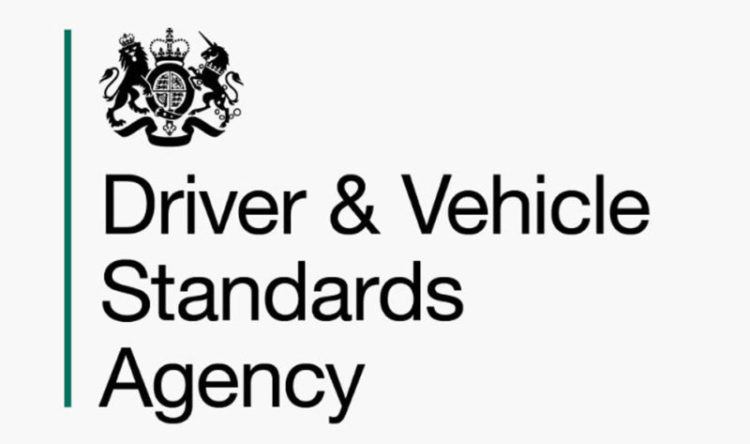The hole future
Pothole education has become a necessity of driver training
It’s not as you haven’t noticed it, but the UK’s roads are crumbling into a lumpy, bumpy, damaging and dangerous state due to lack of maintentance.
As reported by Intelligent Instructor, local authority highway teams in England and Wales require more than £14 billion to fix the backlog of road repairs. That’s according to industry monitoring in the Annual Local Authority Road Maintenance (ALARM) survey by the Asphalt Industry Alliance (AIA). It makes bleak reading and is the most damning report of the state of our roads on record.
Hole avoidance teaching necessary
The holes have become such an issue that RED Corporate Driver Training has added pothole instruction to most courses to battle epidemic.
It’s the massive levels of damage and disruption fleets are now encountering with potholes, not to mention the road safety aspects that have led to incorporation of the specific instruction.
Seb Goldin, CEO of RED Corporate Driver Training, says: “It seems remarkable that we should have to do this in 2023, but the fact is pothole damage and disruption is now at epidemic proportions.”
Goldin adds that “this issue isn’t going away anytime soon, so training and knowledge is the best course of action to help businesses and their drivers solve the problem.”
Mounting problem
According to research, average highway maintenance budgets across England and Wales have increased by 4.5% to £25.8 million per authority. However, more than half (53%) of local authorities reported a cut or freeze in their highway maintenance budget.
In fact, when inflation is taken into account, the total highway maintenance budget of £4.33 billion represents a cut in real terms.
Backlogs in repairs have been building for well over a decade as austerity has seen local authority budgets cut, and government money focused on new carriageways.
According to local authorities themselves, the gap between funding and what is needed to keep roads at target conditions and prevent further decline is now £1.3bn. It represents a jump of more than 20% on last year’s figure. It is the highest amount reported in 28 years of successive ALARM surveys.
Bridging the gaps
RED Corporate Driver Training has produced a Pothole Policy document to share with drivers, which includes:
- Scan the road ahead – usually we urge drivers to look as far ahead as possible, but for potholes you need to keep an eye on the road surface immediately ahead. For the first time, we’re saying ‘eyes down’ rather than ‘eyes up’.
- Have a plan – if you can get around a pothole, do so and indicate your intention so following cars are alerted to the issue. If the road isn’t clear to overtake, slow down to avoid hitting the pothole at speed.
- Educate your drivers – if a local road is a known pothole blackspot, instruct your drivers to avoid the road at all costs.
- If the worst happens and you hit a pothole, find a safe place to stop and inspect your vehicle. Check for bulges in the sidewall of the tyre, which could indicate damage to the carcass. If there is damage to the tyre or vehicle, DO NOT attempt to fix the car at the roadside – call a roadside recovery company who will get you to safety.
- Finally, report the pothole location at https://www.gov.uk/report-pothole. If the local authority is unaware of the pothole, it can’t fix it.
The future
Seb Goldin adds that pothole dangers beyond the tarmac is “such an important issue, and it’s not being addressed”.
“It’s not just as simple as telling drivers to avoid them – there are so many, and they appear so randomly that it requires training on how to identify them, as often they are hidden under water or at the roadside. Also, sometimes a driver has little choice about hitting one and so there are strategies around how to make good decisions about avoidance and minimising the impact, and also what to do after you’ve hit one.
It would seem that RED are leading the way on what has, rather depressingly, become a necessity of all driver training in the modern age.







